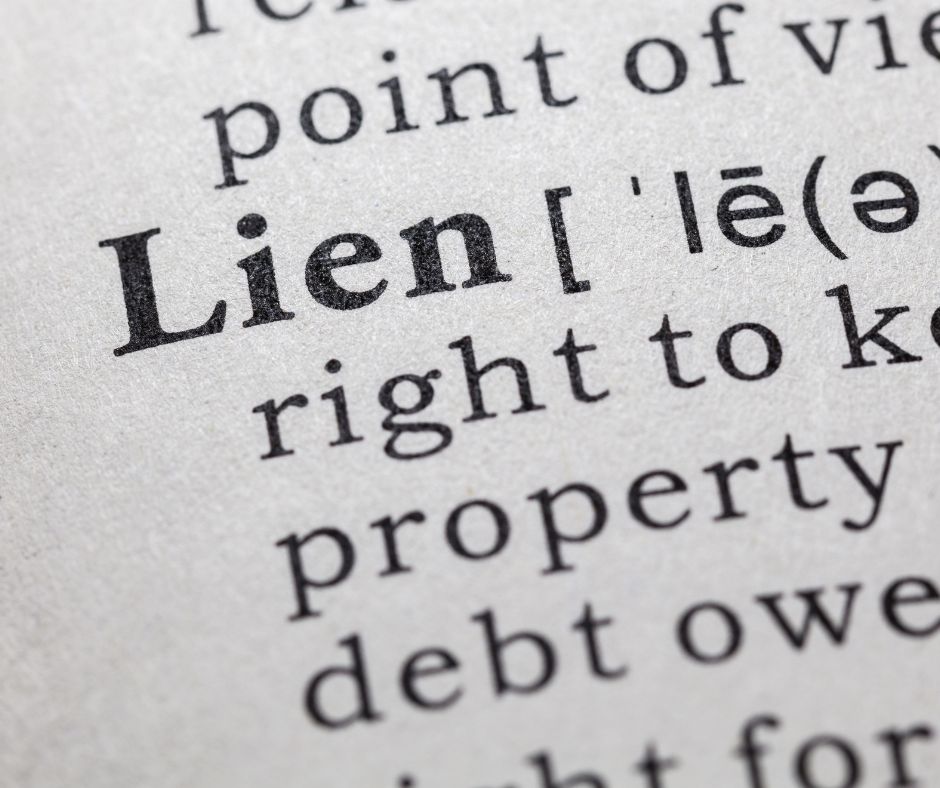
How Do I Know If There’s A Lien On My Home
What is a lien?
A lien is a legal claim or right against a property, typically used as collateral to satisfy a debt. If you have a lien on your property, the lienholder (the entity that placed the lien) has a legal interest in the property, meaning they can claim part of its value or force its sale to recover the debt. Liens are commonly placed on homes in cases of unpaid debts, taxes, or other obligations.
Types of liens on homes
- Mortgage Lien: This is the most common type of lien. When you take out a mortgage, the lender places a lien on your home. If you default on the loan, the lender has the right to foreclose on the property.
- Mechanic’s Lien: Contractors, builders, or suppliers who perform work on your home and are not paid can file a mechanic’s lien. This ensures they are paid for their services, and they may force the sale of your home to recover what is owed.
- Tax Lien: If you fail to pay property taxes, the government can place a tax lien on your home. Federal, state, or local authorities can also place a lien for unpaid income taxes.
- Judgment Lien: This occurs when a court grants a creditor the right to place a lien on your property as a result of a lawsuit. For example, if you lose a lawsuit and are required to pay damages but fail to do so, the winning party can place a lien on your home.
- HOA Lien: If you live in a community governed by a Homeowners Association (HOA) and fail to pay dues or assessments, the HOA can place a lien on your property.
How to find out if your home has a lien
- Check Property Records: Property liens are public records. You can go to your local county recorder’s office (or its website) and search your property’s records to see if any liens are recorded against your home.
- Title Search: You can hire a title company or an attorney to perform a title search. This is a common step during the sale or refinancing of a home. A title search will reveal any existing liens.
- Online Databases: Some online services offer lien searches for a fee. These services pull public records from various sources and provide you with a report on your property’s lien status.
- Mortgage or Loan Documents: If you’ve recently taken out a loan, such as a mortgage or a home equity line of credit (HELOC), those documents will clearly state if there is a lien.
What to do if your home has a lien
- Pay the Debt: The most straightforward way to remove a lien is to pay the debt. Once paid, you can request a lien release from the creditor, which will need to be filed with the county to clear the title.
- Negotiate with the Creditor: If you’re unable to pay the full amount, you may be able to negotiate a settlement with the creditor. In some cases, the creditor may agree to release the lien for a reduced amount.
- Dispute the Lien: If you believe the lien is invalid (e.g., a contractor files a mechanic’s lien but didn’t complete the work properly), you can contest it in court. You’ll need to provide evidence that the lien is unjustified.
- Seek Legal Help: If you’re dealing with complex liens, such as judgment liens or disputed mechanic’s liens, it may be worth consulting an attorney who specializes in real estate or debt resolution. They can help you navigate legal processes and negotiate on your behalf.
Having a lien on your home can complicate selling or refinancing, so it’s important to address the issue promptly.
